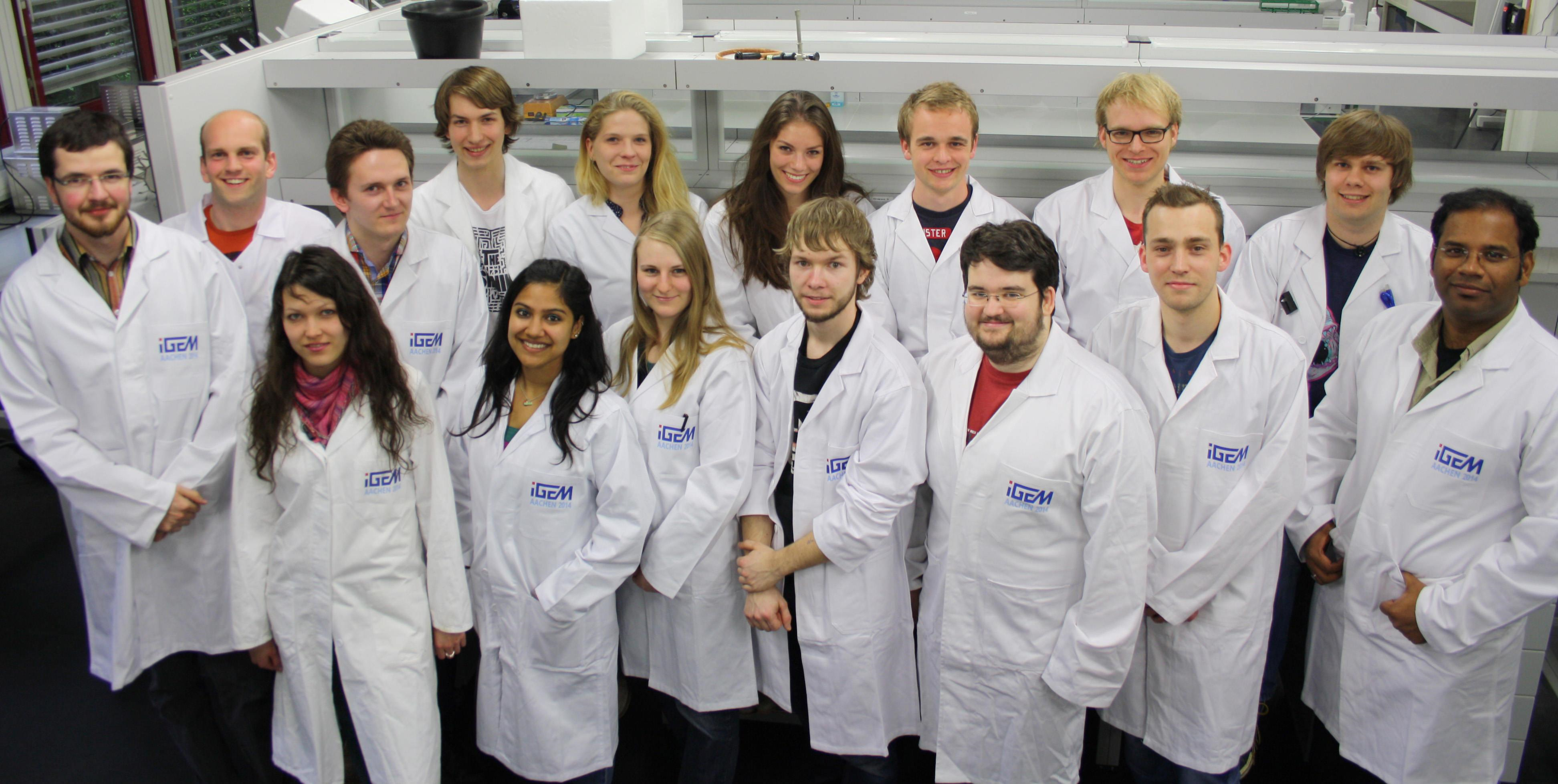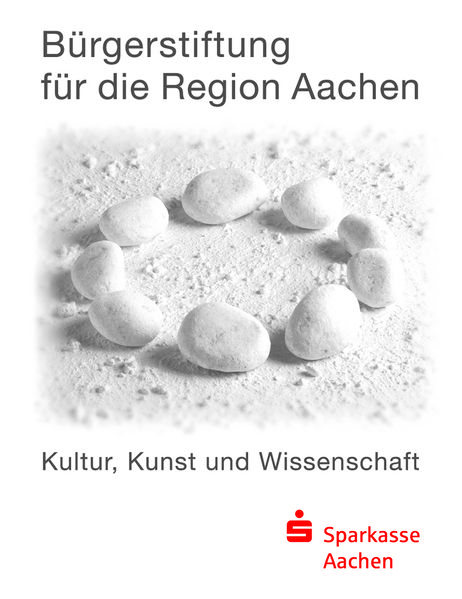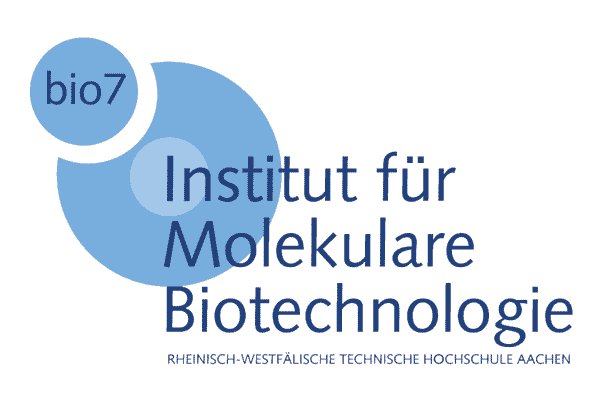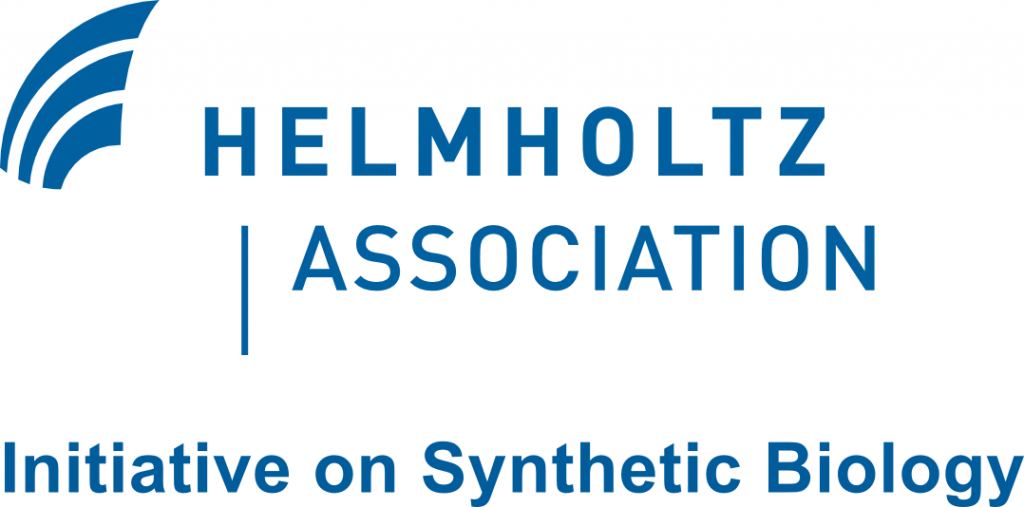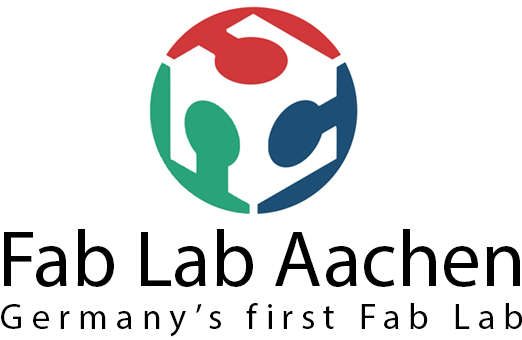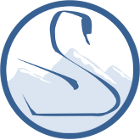Team:Aachen
From 2014.igem.org
| Line 9: | Line 9: | ||
'''Welcome to the Aachen 2014 iGEM Wiki!''' | '''Welcome to the Aachen 2014 iGEM Wiki!''' | ||
| + | |||
Current methods to detect pathogens on solid surfaces have many drawbacks such as expensive and heavy equipment or long detection times. | Current methods to detect pathogens on solid surfaces have many drawbacks such as expensive and heavy equipment or long detection times. | ||
| + | |||
The iGEM team Aachen 2014 developed a novel biosensing system called ''Cellock Holmes'' comprised of a 2D biosensor, the measurement device ''WatsOn'' and image analysis software ''Measurarty''. | The iGEM team Aachen 2014 developed a novel biosensing system called ''Cellock Holmes'' comprised of a 2D biosensor, the measurement device ''WatsOn'' and image analysis software ''Measurarty''. | ||
| + | |||
As a proof-of concept for''Cellock Holmes'', we successfully detected the pathogen ''Pseudomonas aeruginosa''. Through the use of our special genetic construct we could significantly enhance the detection speed as compared to a traditional biosensor. | As a proof-of concept for''Cellock Holmes'', we successfully detected the pathogen ''Pseudomonas aeruginosa''. Through the use of our special genetic construct we could significantly enhance the detection speed as compared to a traditional biosensor. | ||
| + | |||
All design choices were made in accordance to the "Open Source" principle, resulting a fast, mobile and inexpensive biosensor. Our technology is an ideal fit for low-budget institutions such as schools and community labs as well as the biohacking scene. | All design choices were made in accordance to the "Open Source" principle, resulting a fast, mobile and inexpensive biosensor. Our technology is an ideal fit for low-budget institutions such as schools and community labs as well as the biohacking scene. | ||
Revision as of 21:29, 17 October 2014
|
|
 "
"
